Part homage to nature and part a nod to myth and legend, Casa Batlló is an architectural marvel. The house is now synonymous with the architect that designed it – Antoni Gaudí – and it is visited by thousands of people every year. Definitely a must in the list of things to see in Barcelona! It is also a structure that at the time of its construction brought together some of the best tradesmen, all of whom worked to make what was once only an idea and a plan into reality. ShBarcelona takes a closer look at this famous structure.
Related article: A visit to Park Güell
Table of Contents
The concept
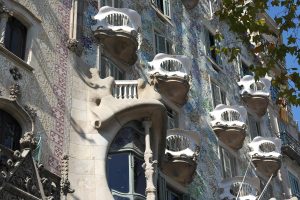


Image via Pixabay
Strictly speaking, not a new construction, Casa Batlló was in fact a renovation project. Commissioned by Josep Batlló, a socialite of the time, in order to draw attention upon himself and his family in what was (and still is) an affluent area of the city, the house began to be rebuilt in 1904, with various tweaks made over time.
Also known as the house of bones due to skeletal features in the architecture, the house has numerous features, reflecting the thought that has gone into its conception. Partly covered in mosaic, the building is adorned with symbolism – something that once you learn how to see, is noticeable on many of Barcelona’s landmarks. The focus is the story of Saint George and the slaying of the dragon. The building serves as an allegory to this legend, and a relevant one as Saint George is the patron saint of Catalonia. The symbols represented in the building can be easily picked out when you know what to look for: the sword at the top of the structure represents Saint George’s lance, whilst the curves and mosaic of the building itself allude to the dragon he killed. The ornate balcony hints at the princess that was saved from the dragon’s prison.
Related article: Top 3 walking streets of Barcelona
The interior
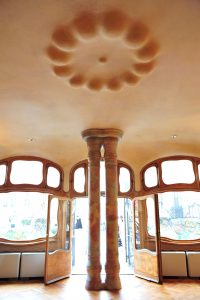


Photo by angelo23 via Visualhunt
With an interior of over 5000 metres squares, the inside of the house is as fascinating and awe-inspiring as the exterior. Light and colours are all used to create a magical interior and reflect the exterior’s shapes and colours, creating a smooth transition when entering the house. Curved walls and ceilings are held up by ornate pillars, complementing the maritime theme of the internal space, with features resembling turtle shells and backbones visible while visiting the space.
Visiting
The house has generous opening hours, something necessary with the sheer volume of visits it receives. While it is open 365 days a year, 9am to 9pm, be prepared to wait in line to buy tickets. Alternatively, for an extra €5, you can buy tickets online that allow you to skip the queue. Apart from this, prices vary with discounts available for students that provide proof of status, seniors, and young people aged 7-18. Children under 7 go free.
Address: Passeig de Gràcia, 43
Moving to Barcelona? Let ShBarcelona help you find your dream apartment.









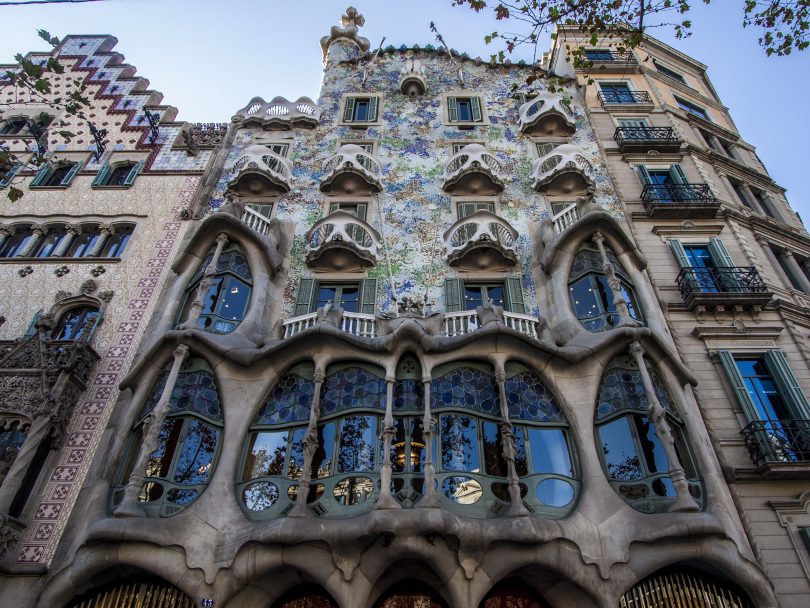

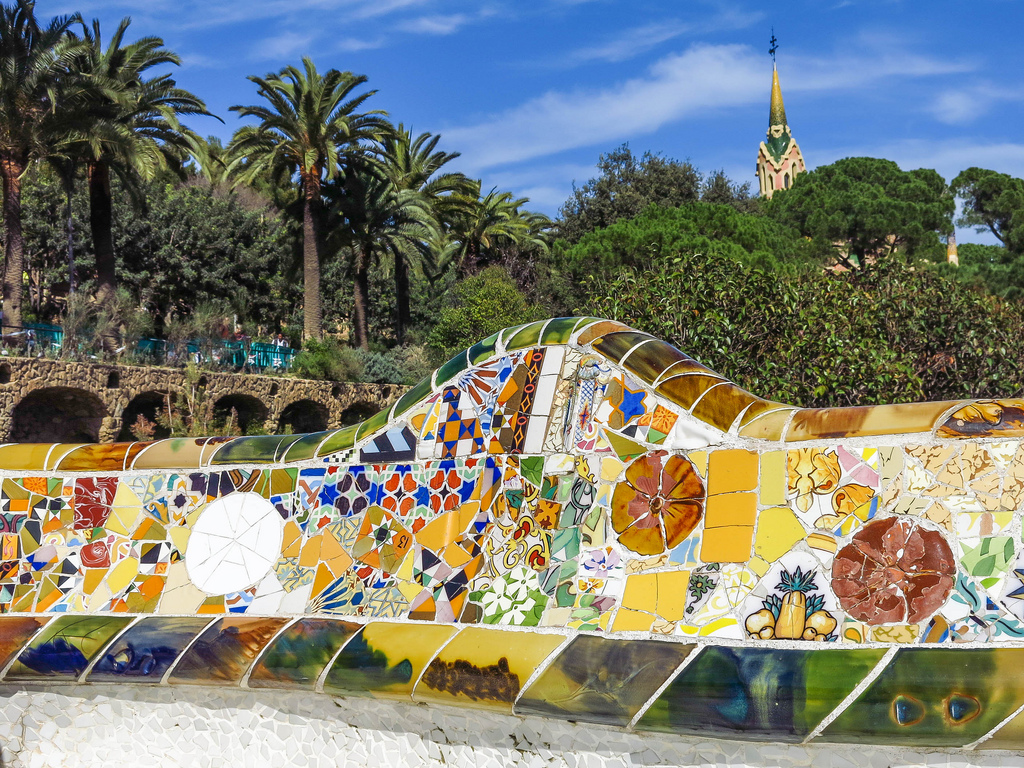

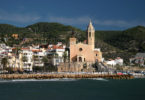


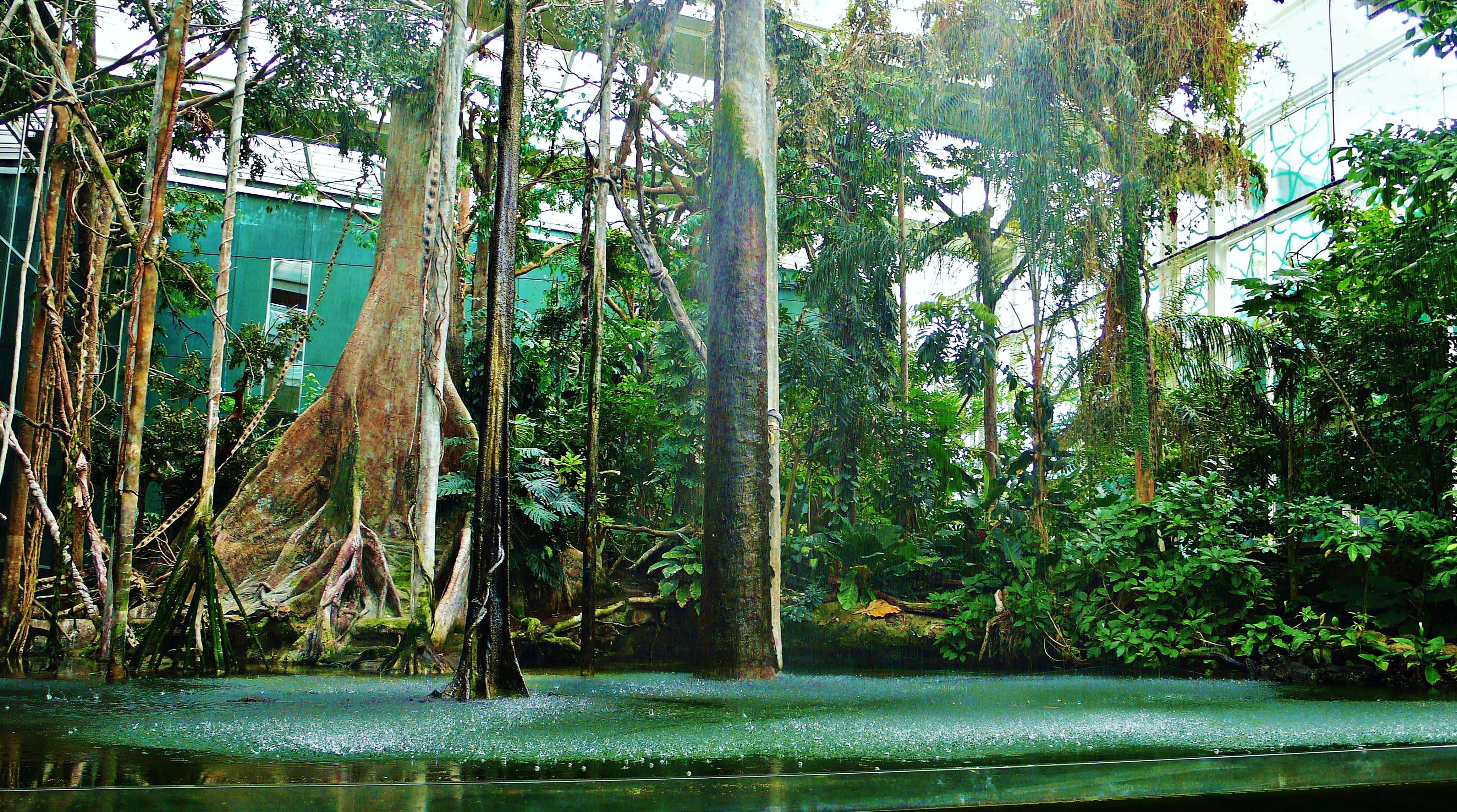



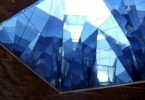

We visited Casa Battlo as well. A beautiful building and absolutely worth a visit. And its very true – do book your tickets before to save queue time. We booked on this page and it worked perfectly – http://visitwithticket.com/products/casa-batllo-skip-the-line